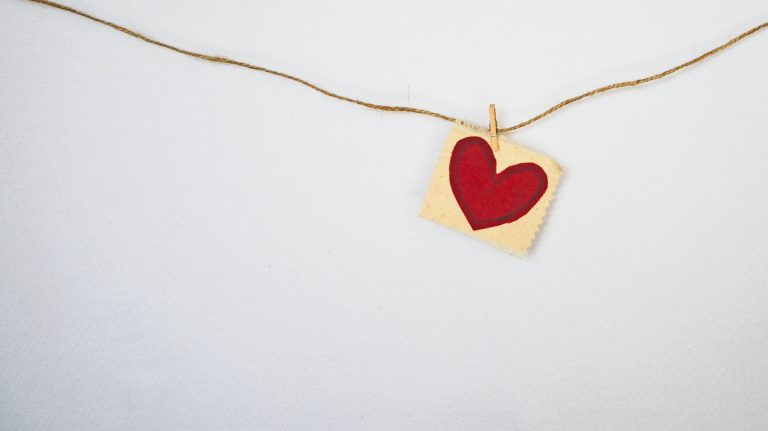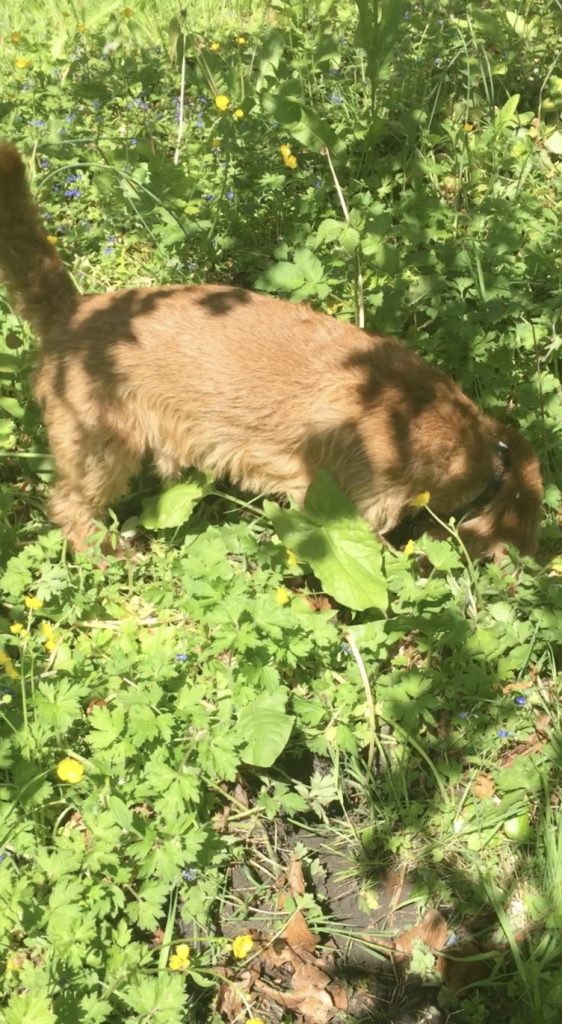
The Easter break is beginning for most schools with Easter Sunday falling on the 12th of April. Although the last few weeks have been difficult it is likely that we have all been pretty busy with the task of coping and adjusting and most students have continued with an academic structure. The coming holiday might bring a fresh challenge when we realise that we won’t be able to take our greatly needed trip or time off. These festive occasions can often be the time we visit family and so we may miss our loved ones that little bit more or conversely we may feel very confined with those we are with.
Please do take the time to stop and acknowledge any feelings that come up and give yourself some time to process.
If the Easter holiday is one which you usually celebrate with family traditions then make those important where you can. Keeping rituals and holidays special will create distinction from one day to the next, and help bolster morale for yourself and your loved ones.
The team at TRC have some ideas for activities to do over the break wether you are alone or with your family.
Preparation
I recommend this short video by Chris Hadfield as a fun starting point.
To help you on your mission, start the holidays by gathering up a big list of possible activities.
Write a list of any materials/ingredients/online accounts you may need for the activities, check which you have to hand and if it is possible to order others online.
It might be a good idea to have one overarching project that can be dipped into over the whole break. It can feel very satisfying to see something progress and to feel that your efforts are making a difference. Alongside this you can create mini treats and activities to use spontaneously.
This would also be a great time to set up a project that can continue to run after the holidays since it is likely we will all be at home for some time to come.
Digging for Victory
My favourite for a long term project is to tap into the therapeutic powers of nature.
I have loved seeing all the photos and videos of rivers, beaches and wildlife benefiting from lower pollution levels now that we are not travelling. Perhaps this is a good time for us to allow planet earth to breathe and for us to take some time to appreciate some of the small but marvellous miracles of nature that we can connect with at home.

Getting your hands dirty in the garden can increase your serotonin levels. Contact with soil and a specific soil bacteria, Mycobacterium vaccae, triggers the release of serotonin in our brain according to research. Serotonin is a happy chemical, a natural anti-depressant and strengthens the immune system.
Another interesting bit of research relates to the release of dopamine in the brain when we harvest products from the garden. Researchers hypothesise that this response evolved over nearly 200,000 years of hunter gathering, so that when food was found a flush of dopamine released in the reward centre of brain triggered a state of bliss or mild euphoria. The dopamine release can be triggered by sight and smell as well as by the action of actually plucking the fruit. With the loss of our usual rewards and goals seeing the literal fruits of our labour sprouting in a pot could be a lovely alternative.
Many garden centres and farms are still delivering everything you will need.
If you already have a garden then make use of the space to plant a vegetable patch as well as getting some fresh air and sunlight (another serotonin booster and helpful for keeping our sleep cycles running smoothly) at the same time. April is the ideal time for many crops including lettuce, peas, aubergine, beetroot and carrots.
If you only have a patio or windowsill there are still lots of edible things that you can grow such as radishes, baby rocket, baby spinach, baby kale, lettuce, green onions and bok choy for harvesting in about 30 days. You can use a seed starting mix, plant the seeds in trays or small pots, and place them in the sunniest area possible and keep them moist.
Try sprouting seeds, aka microgreens, like alfalfa, broccoli, amaranth and wheatgrass. Simply line a shallow tray with wet kitchen roll, sprinkle the seed on top, and you’ll have shoots within days. Just don’t let that kitchen roll dry out! Pea shoots are another great option. Use pea seeds or dried marrowfat peas. Soak overnight, then spread thickly over a shallow tray filled with potting compost, cover with a little more compost and leave to grow.
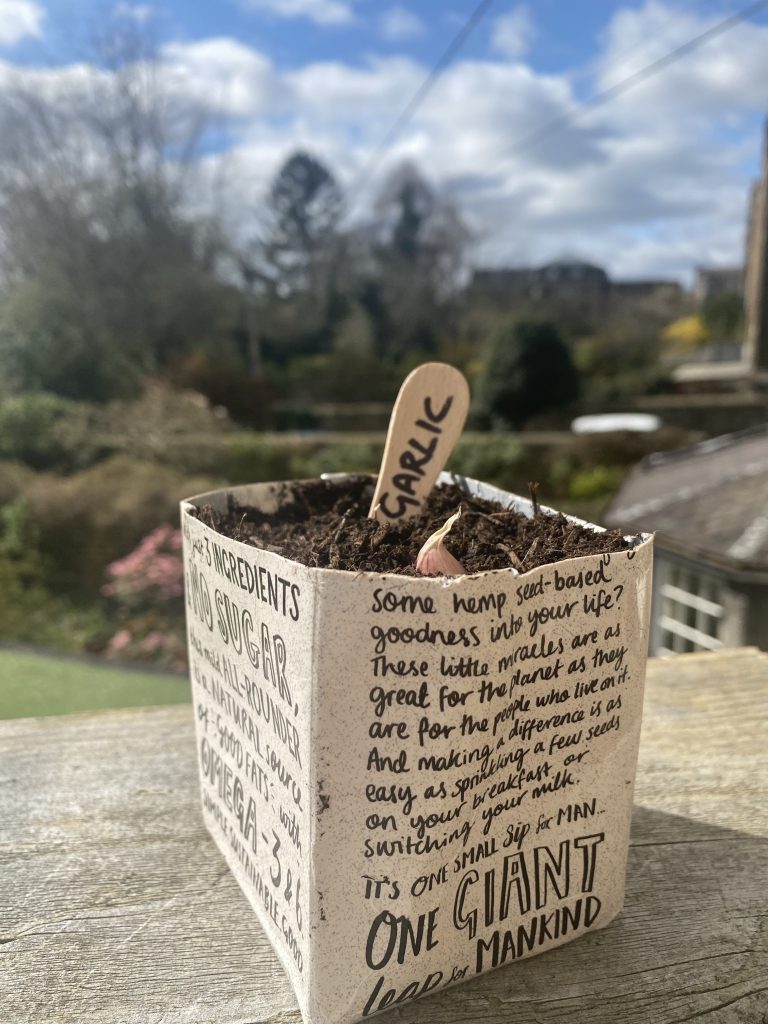
Many vegetables can be regrown from scraps that we would otherwise throw out for example Celery. Cut the bottom of the stalk off and put it in a bowl with a little warm water. Put the bowl in direct sunlight. In a week or two, you’ll see leaves start to grow along the base. Transplant it into a pot of soil. You can continue to grow it indoors, or set the pot outside in a sunny spot. This works for Onion, ginger, garlic and more.
Herbs are fantastic to grow, indoor or out, not only for their flavour but for the mood boosting effects of their scent. Choose those which you associate with good memories or ones which are generally soothing such as sage, rosemary or lavender.
Or plant seeds that will produce a beautiful floral display, look for zinnia, calendula, cosmos, nasturtium which are all fairly easy growers. Being able to see the beauty of nature helps to give us a sense of awe. Researches Jonathan Haidt and Dacher Keltner in 2003 found that when people experienced awe, they had increased feelings of connectedness and were more willing to help others. “Awe-inducing events may be one of the fastest and most powerful methods of personal change and growth,” they wrote.
Nature is also jam packed full of fractals “a rough or fragmented geometric shape that can be split into parts, each of which is (at least approximately) a reduced-size copy of the whole.” Physicist and artist Richard Taylor found through EEG measurements that people’s brainwaves indicated a relaxed state when they looked at fractal patterns that are commonly found in nature. He states that “The stress reduction is triggered by a physiological resonance that occurs when the fractal structure of the eye matches that of the fractal image being viewed.”
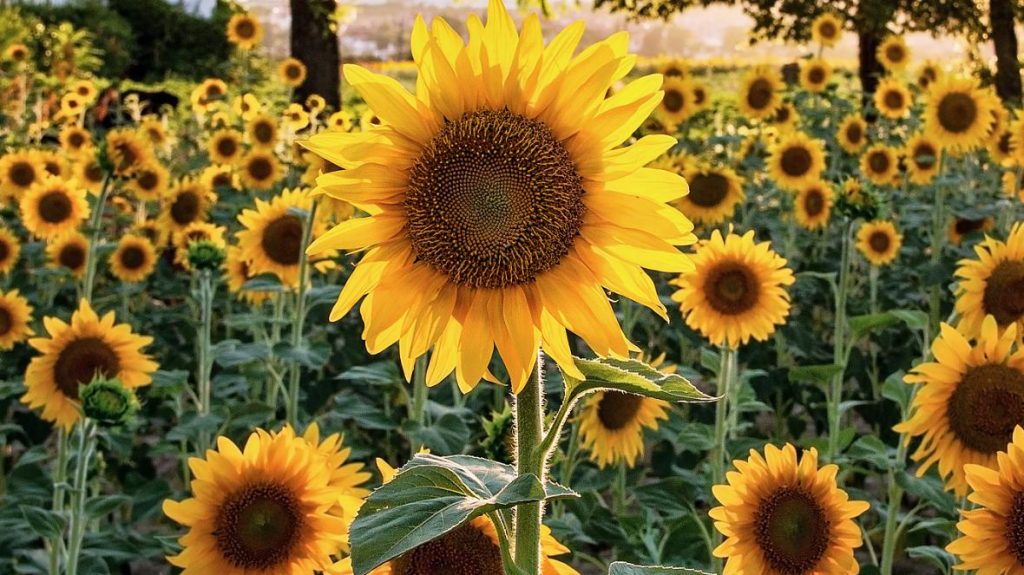 Hello Sunshine
Hello SunshineSunflowers are a fantastic example of this and have the added benefit of revving up a competitive spirit to see who can grow the tallest specimen!
Why not think about which flowers might encourage bees or butterflies to come visit and do their part in helping the planet in its momentary respite from polluted air. Chives are a good option as are onion flowers which you can grow from the root end scrap of an onion.
Watching nature continue on in the form of seeds germinating or animals still going about their daily tasks unaffected by corona virus can be a lovely hopeful activity. The RSPB has started a daily breakfast birdwatch to help encourage this and creating a bird feeder would be a great project to start this.
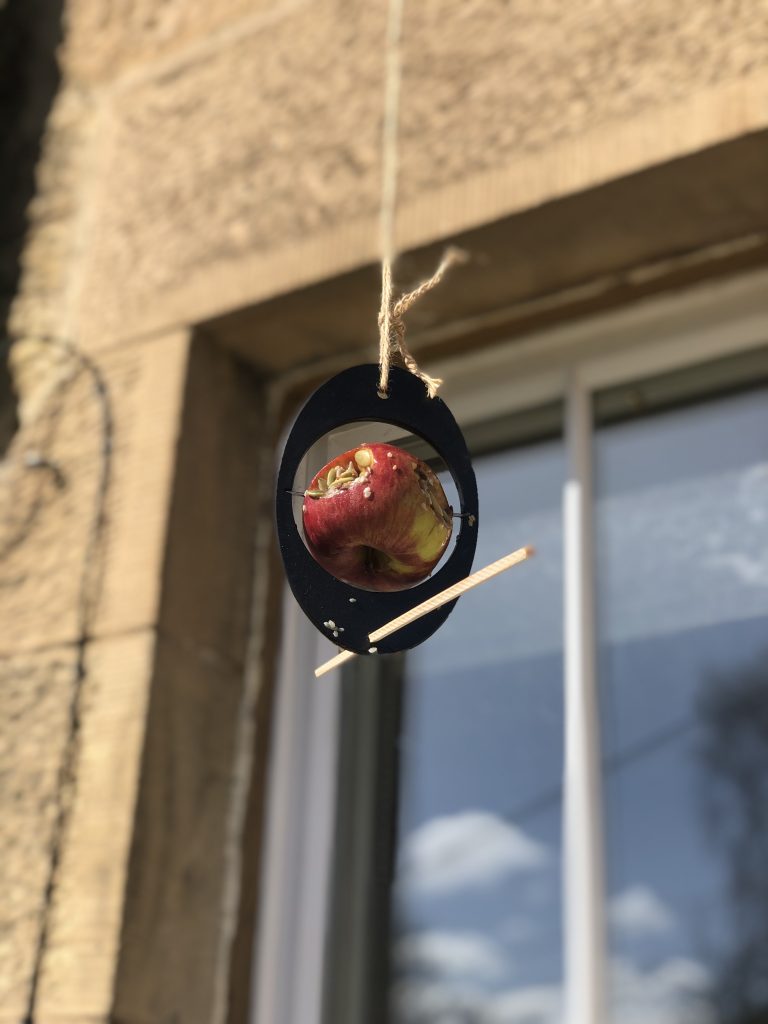
Other projects
If getting your hands dirty is not for you then perhaps arts and crafts would be. Kirsty Allsop and Grayson Perry are both starting new series on Channel 4 especially aimed at helping us to learn a new skill to keep occupied and productive in self isolation.
Grayson Perry has also been involved along side Annie Morris, Antony Gormley, Gillian Wearing and many more artists in creating this great artists activity pack by the Firstsite Gallery.
The block posters website is a fantastic free resource where you can turn any image into a massive poster by printing out then pasting together A4 sized sections. Perhaps the most fun part is that you can use it to create life size cardboard cutouts of any one you wish. No more missing your friends!
Now would be a great time to have a wardrobe clear out. Make a bag of charity donations for after isolation and then start on a customising or up cycling project.
Learn and teach something fun – music/singing/yoga/juggling. Can you enlist the help of friends and family who are in isolation in different parts of the country and swap lessons?
Make your own mini tv shows telling other people about the activities you are doing.
Starting a series of books is exciting for children or adults and why not develop this into a book club.

Other activities and mini treats
Write letters to your friends and family. We never write letters anymore, and think how exciting it would be to get a letter from your best friend, cousin, grandparent etc. You could start a new pen-pal relationship, and it will be something that you can keep forever to document your experience!
Make croissants – it takes ages, but isn’t too tricky if you find a good recipe and you need to complete stages so something to keep you busy. Plus an exceptional way to make you the most popular with your fellow isolators.
Become a quiz master! You could write a quiz to do with your friends and family in isolation. You could even set up teams by organising those not in your house to video call in for the quiz.
Have a dance off competition – who can choreograph the best dance to a favourite tune – get creative with costumes and make up.
Have a fancy dress theme day.
Organise a family olympics – remember your sports day favourites.
Read to each other.
Many museums, galleries, zoos and even farms are offering virtual visits so you can enjoy your usual holiday outing without the crowds!
https://upgradedpoints.com/best-virtual-museum-tours/
https://www.sheddaquarium.org/exhibits/underwater-beauty-exhibit
https://www.google.co.uk/amp/s/www.countryliving.com/uk/wildlife/countryside/gmp31784857/live-animal-webcam-zoo/
Plan your next holiday – we all need something to look forward to.
Take a holiday – camp out if you have a garden or who doesn’t love a blanket fortress. Recreate the feeling of a favourite holiday place. Get out your beach towels, sunglasses and swimsuit or put your ski gear on – read a holiday book, listen to holiday music, use essential oils to recreate holiday smells – pine*/coconut put up photos of a past holiday, create your favourite holiday meal, make hot chocolate and hot cross buns.
*In Japan, going for a therapeutic walk in the woods is known as shinrin-yoku, which means “taking in the atmosphere of the forest.” This practice has recently been studied for its ability to ease stress.
In one study researchers at the Japan’s Kyoto University sent 498 healthy volunteers on two 15-minute forest strolls one day, compared to a control day when they didn’t walk. Volunteers rated their mood on a standard psychological scale. Their hostility and depression scores decreased significantly after walking. What’s more, the more stressed-out the volunteers were to begin with, the greater the relaxation they experienced.
The Scouts have a fantastic list of activities on their website.
Write a blog post for the TRC website. We really love to hear about what you have been up to to keep you busy. Please send photos, videos, art, poems, creative writing, literally anything, to blog@trcgroup.org.uk
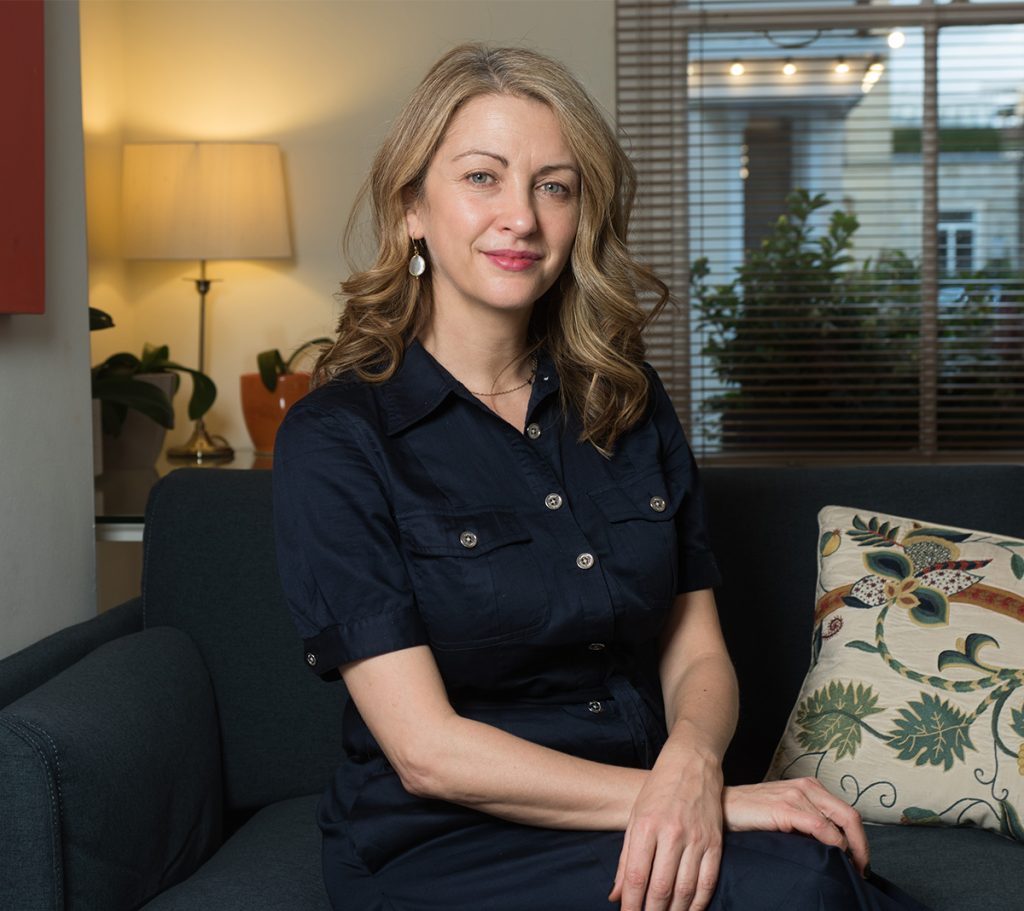
Author: Michelle Scott
Psychotherapist & Eating Disorder Specialist MSc BSc RMHN (Reg MBACP) London & Edinburgh





